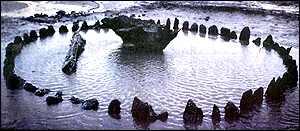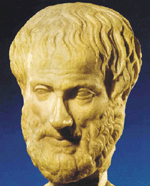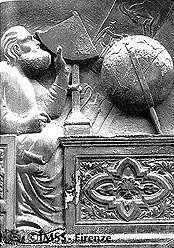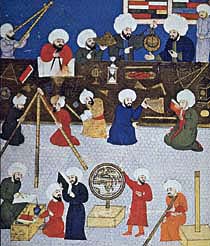|
 Need
for time
of day/night: Keep track of time for planning and orientation;
later also for navigation purposes. Use the position of the Sun and
Moon (including
its phase), and the fixed stars. Need
for time
of day/night: Keep track of time for planning and orientation;
later also for navigation purposes. Use the position of the Sun and
Moon (including
its phase), and the fixed stars.
 Need
for time
of year: Season
changes, marked by equinoxes and solstices (celebrated with decorated
trees, yule logs, mistletoe and communal celebrations, for example),
were important dates for agriculture and hunting. Again, use the motion
of the Sun, Moon,
and stars. Need
for time
of year: Season
changes, marked by equinoxes and solstices (celebrated with decorated
trees, yule logs, mistletoe and communal celebrations, for example),
were important dates for agriculture and hunting. Again, use the motion
of the Sun, Moon,
and stars.
 Known
planets: In the bronze age around 3000 BC, five were known,
out to Saturn. Their wandering motion made them less useful for orientation,
but they were used for calendars and astrology. Known
planets: In the bronze age around 3000 BC, five were known,
out to Saturn. Their wandering motion made them less useful for orientation,
but they were used for calendars and astrology.
|





![]()